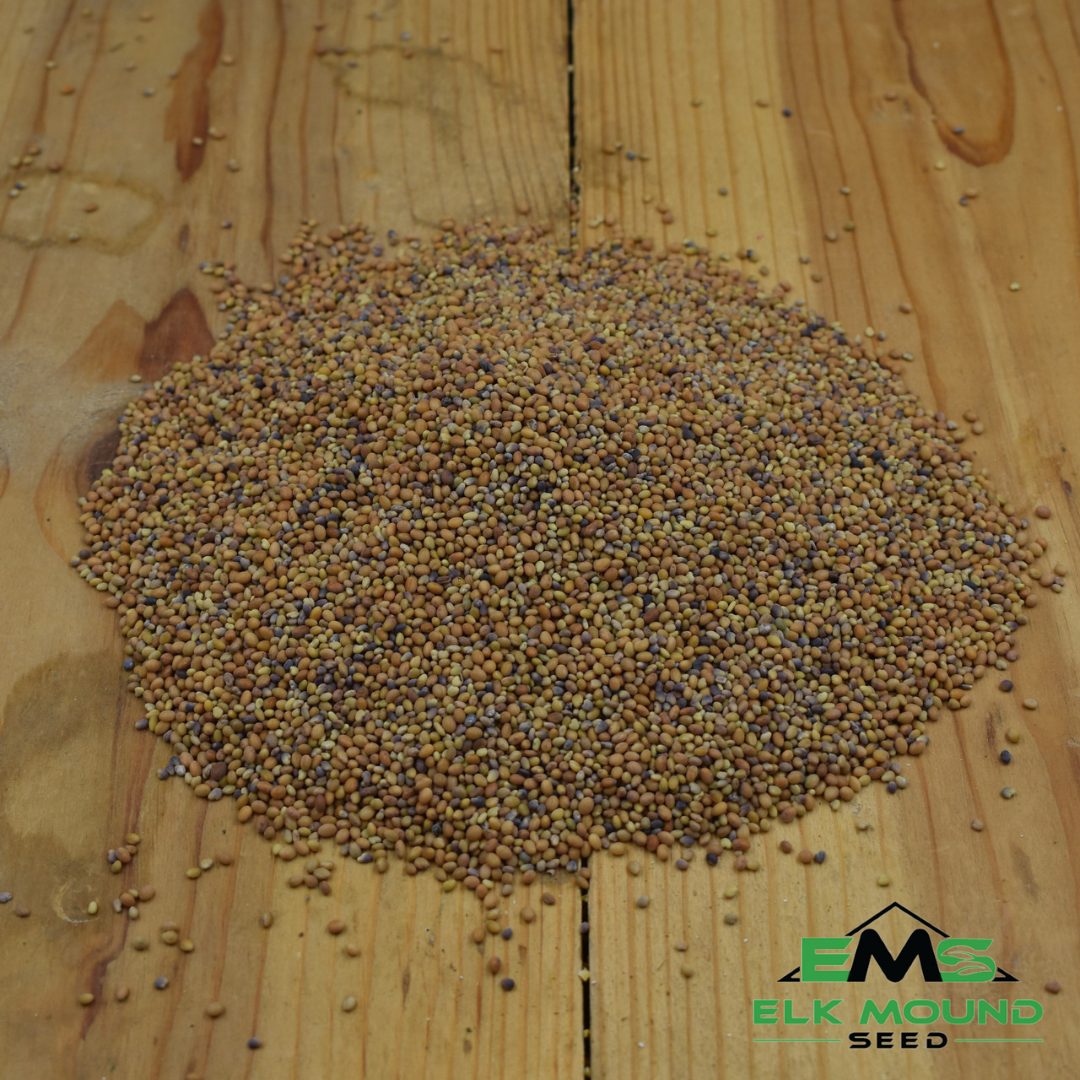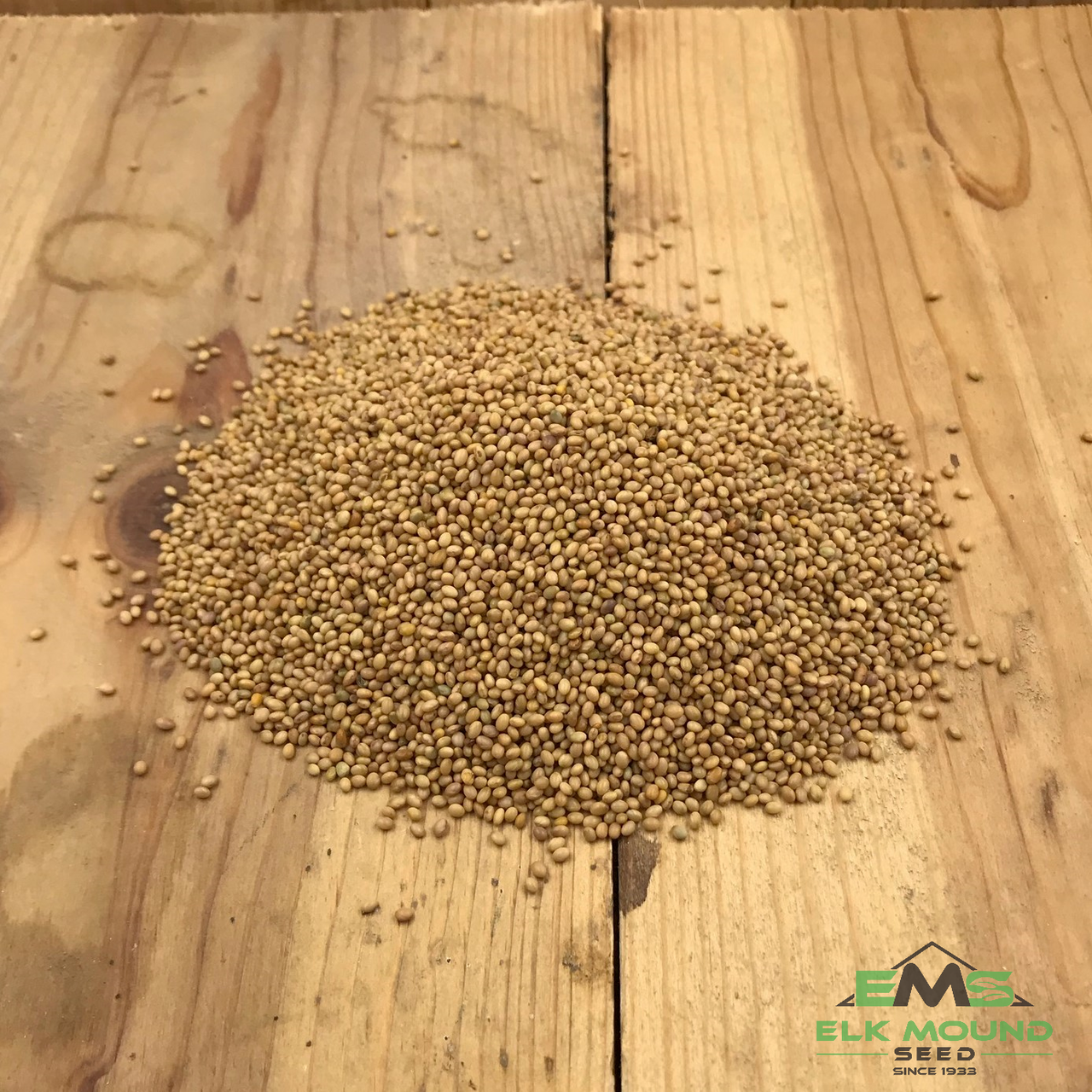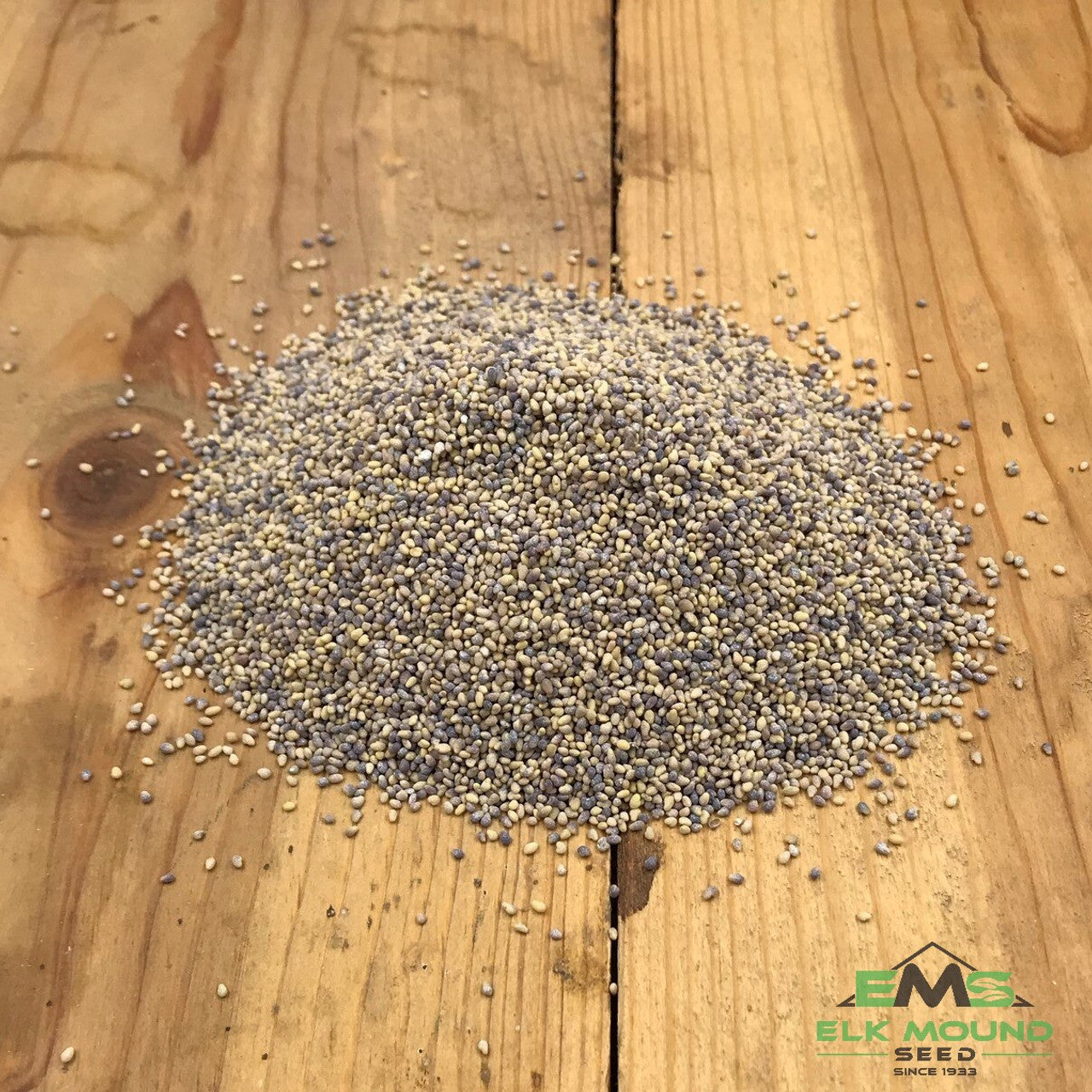Buster (Daikon) Radish Seed
Daikon radishes are highly beneficial for soil health, providing multiple advantages such as alleviating soil compaction, improving water infiltration, increasing organic matter, and offering excellent weed suppression. These radishes, including the Badger brand, feature an aggressive taproot that drills through compaction where steel cannot, creating root channels for subsequent crops to access essential nutrients and water. Studies show that Buster® Radishes consistently increase soybean and corn yields by scavenging significant amounts of nitrogen, phosphorus, and calcium. Upon decomposition, these nutrients are left in the upper 10 inches of soil, improving soil fertility for future crops.Benefits
Soil Compaction: The large taproot and deep-reaching secondary roots alleviate soil compaction, improving soil structure.
Nutrient Scavenging: Scavenges and stores nutrients like nitrogen, phosphorus, and calcium in the root system, releasing them upon decomposition.
Water Infiltration: Enhances water infiltration and aeration, reducing runoff and increasing soil moisture retention.
Weed Suppression: Thick upper foliage provides excellent weed suppression by shading out weeds during the growing season and forming a thin film over the soil after the radish freezes out.
Yield Improvement: Boosts subsequent crop yields, with studies showing yield improvements of 10% or more.
Characteristics
Type: Cool season broadleaf.
C:N Ratio: 20:1, contributing to efficient nutrient cycling.
Root System: Features a large taproot and deep-reaching secondary roots with thick upper foliage.
Planting Instructions
Seeding Rate: Seed at 8-10 lbs/acre when planted alone, and 3-6 lbs/acre when used in mixes.
Seeding Depth: Plant seeds at a depth of 1/2 inch to 1 inch.
Planting Range: June to August, at least 4-10 weeks before the first killing frost in your area.
Daikon radishes from Elk Mound Seed are an excellent choice for improving soil health and boosting crop yields. Their aggressive taproots and nutrient-scavenging capabilities make them a valuable addition to any cover crop program, enhancing soil fertility, structure, and water management.


































